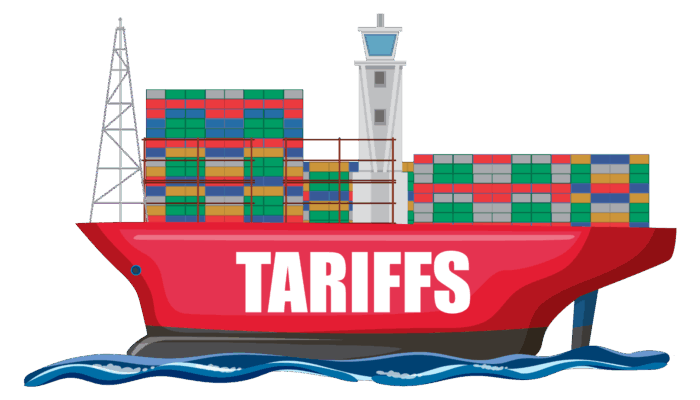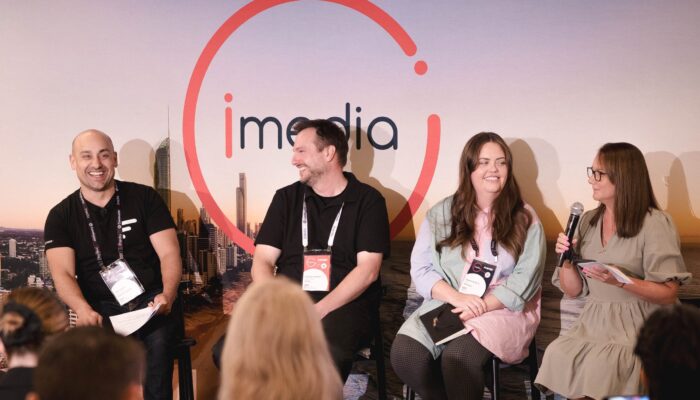It should come as no surprise that Click and Collect, or Buy Online Pickup In Store (BOPIS), orders have doubled over the past year. A natural outcome of this activity has been a substantial increase in curbside pickup. According to the National Retail Federation’s Spring 2020 Consumer View survey, over 90% of those who have tried curbside pickup have said it was convenient. The question for retailers is: how do you optimize curbside pickup so you can upsell as you’ve done in your physical stores? Here are 6 strategies to consider.
1. Get your inventory in order
Simply put, curbside pickup is not possible unless you’re presenting accurate inventory to your online shoppers. This means that inventory updates must happen in real time, or near to real time. When a shopper puts something in their digital cart, they need to know that it’s actually available at their local store. If the customer is ready to have you load a new flat-screen TV into their trunk, you need to make sure all the models you have in stock are displayed accurately.
2. Upsell before pickup
It turns out that most consumers are open to making additional purchases when they pull up to your curb. Make it easy for them. According to the International Council of Shopping Centers (ICSC), 67% of the customers utilizing BOPIS add additional items to their carts when they know they can pick them up immediately. You can facilitate this by showing customers personalized recommendations that are driven by product availability. And not just on the Product Details page, but the Order Confirmation Page and email, and the Ready for Pickup email. But be smart about it. Don’t rely on the tired, “You may also like” categorizations. Instead, put yourself in the customer’s shoes and imagine what else you would want delivered to your vehicle. This might be that heavy bag of kitty litter or case of water—exactly the kind of product you might buy on a whim since it will be loaded directly into your car. No need to even schlepp it across the parking lot.
3. Swap out email for texts
We can all agree that everyone receives too many emails, including from the brands we love. Consider this statistic, however: When using SMS to reach consumers, 90 percent of the time, a text is read within the first three minutes of receiving. Not only that, customers who receive texts from businesses tend to have a 40 percent higher conversion rate than those who do not. This makes common sense. While emails tend to be “I’ll read it when I have time,” texts are all about immediacy. And conversation. When you’re meeting a stranger in a parking lot to receive products, you need to have confidence that your questions will be answered as soon as they’re asked. And that they can find you in the lot. SMS messaging allows customers to notify your store associates when they’ve arrived, details on their location, and the make and model of their vehicle.
4. Start a conversation
Speaking of conversations, once your customers are communicating via text you have the perfect opportunity to upsell. This is the retail equivalent of a restaurant server asking, “Anything else I can get you?” Chances are, that there are many things you can offer at curbside pickup. Think of all the last-minute purchases we make when in a checkout line. There’s a reason that retailers put those within easy reach when we’re a captive audience. The same holds true for curbside pickup only more so. Think batteries, gift cards, or even a protein bar for a hungry shopper.
5. Support your store associates
Your customers aren’t the only ones who will benefit from real time inventory and SMS messaging. Your store associates are the key players in a BOPIS transaction. Make sure that you arm them with all the tools they’ll need to provide an exceptional customer experience. What if the customer is a no-show? Be sure they have the tools to track down the customers phone number so you can find out if they’re running late or want to cancel the transaction. The same goes for inventory. With a tablet that shows product availability from your Order Management System, associates can answer customers questions about what’s in stock and assist with the ever important upsell.
6. Partner with your neighbors
If your stores are in a mall or a downtown retail center, consider partnering with neighboring businesses to make your curbside pickup more efficient. According to Tom Enright, VP in Gartner’s Supply Chain Research, taking a community approach to pickup is a rising tide that lifts all boats. “I wouldn’t be surprised at all to see malls develop a multi-retailer curbside area,” said Enright in an interview with NRF. “Rather than pick up at each store all the way around, there is a designated area for each retailer that wants to participate. That’s going to be an interesting development.”
Summary
Although the end of the pandemic is on the horizon, there’s no reason to assume that consumer behavior will regress to its pre-pandemic trends. Millions of shoppers who once preferred spending their time and dollars in physical stores are now shopping predominantly online. Because it’s convenient. And safe. The same goes for curbside pickup. Once you’ve had that 20-lb bag of kitty litter loaded into your trunk, chances are you’ll never go back to carrying it yourself.
For more information on how Fluent Order Management can help optimize your curbside pickup experience, request a demo today.




